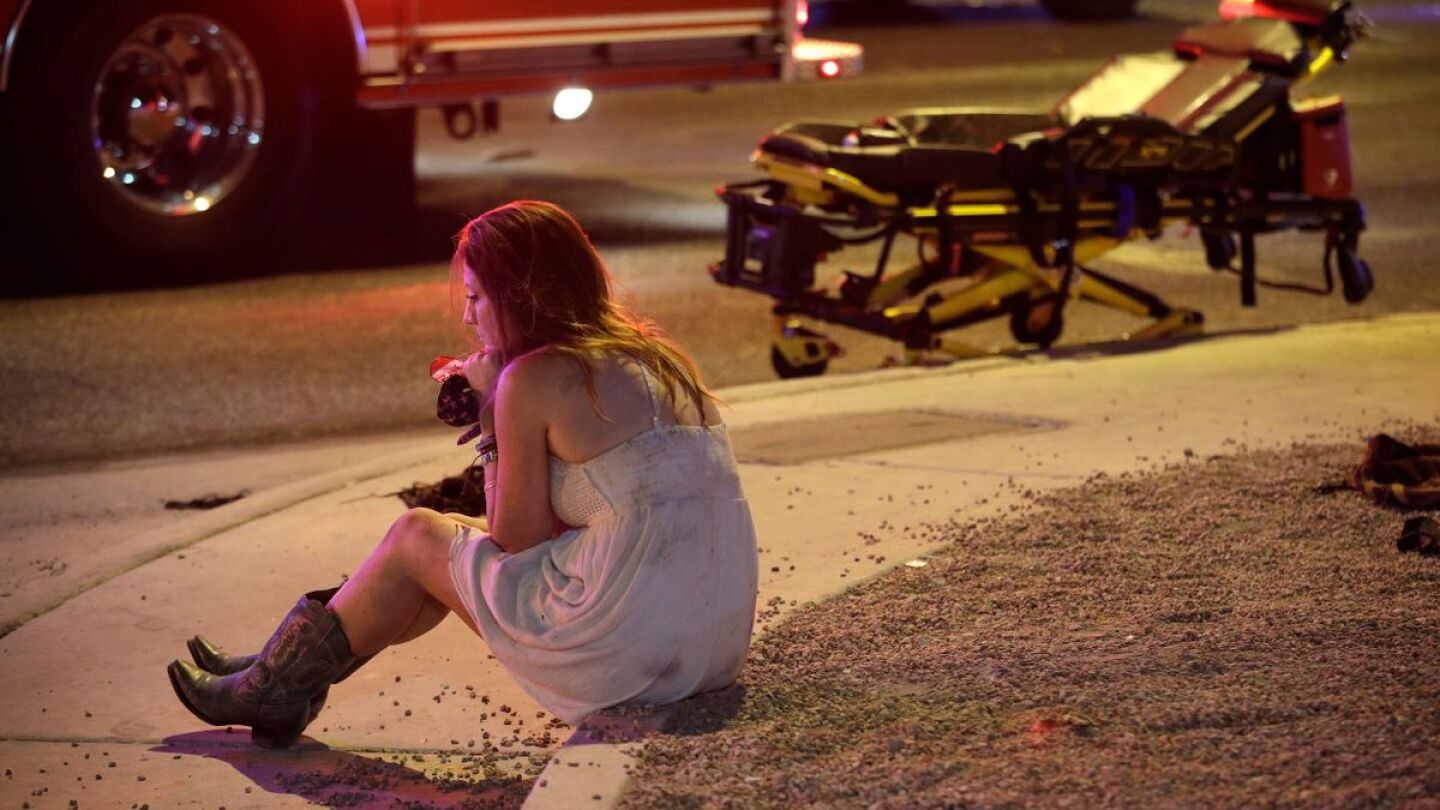Trauma
Prepare for patients who experience blunt-force or penetrating trauma with news, research, expert-written columns, podcasts and original videos in the EMS1 Trauma topic.
Seven years after the Route 91 Harvest Festival MCI, a paramedic reflects on a frightening moment, and the lessons learned
All EMS providers can still learn something about patient care and pain management from their mother
“I needed to help them. I needed to make sure that our people were good and we could take care of these people, and that’s why I chose to stay.”
The Browns’ Myles Garrett and a female passenger were treated for injuries and transported to a hospital
Have you had the chance to utilize TXA in the field? Learn more about the practice and test your knowledge
The 29-year-old victim remains in critical condition
The Bicycle Emergency Response Team is engaging the community, while providing quick response to difficult-to-access venues
A helicopter landed on the school’s football field to transport a student after a possible fall
“Initial stabilization and good pre-hospital care can make all the difference in these situations,” said Dr. Florian Schmitzberger
In this episode, our co-hosts discuss a recent article from columnist Jonathan Lee about the use of TXA in the prehospital environment
Off-duty medical professionals and good Samaritans helped the woman, then EMS providers treated her for chest trauma and transported her
Two people who were critically injured have died, and two others remained hospitalized with life-threatening injuries
Nine others were injured at a Fort Gordon training area
“What we see in this career, the calls that we get, can take a toll on somebody’s mental health and wellness,” said Cheshire County Sheriff Eli Rivera
The angler caught a lemon shark and “got too close to its mouth” as he tried to release it, said a Florida Fish and Wildlife Conservation Commission spokesman
Drs. Dorsett, Jarvis and Escajeda join the Pediatric EMS Podcast crossover episode to discuss pain management
The key is to remember that kids get sick differently than adults and that physical findings may be more subtle
Albany organizations have in-house counselors and debriefing sessions
The HERO Act would create peer-support programs, mental health education and a system to collect information about first responder suicides
The negative association between number of airway attempts and neuro-intact survival following OHCA
How to best manage our high-stress, time-compressed working conditions to control fight-or-flight response
MCHD medical directors discuss whole blood alternatives and implementation considerations
An American Medical Response and UBMD Emergency Medicine partnership is designed to get trauma doctors to scenes of high-severity incidents
In this episode, our co-hosts reflect on the recent mass shootings in New York, Texas and Oklahoma and how providers should prepare to respond
“You have to go in immediately. The kids were calling 911 for help,” said former Houston Police Chief Art Acevedo
Amerie Jo Garza, 10, “was a hero trying to call 911, to save her and her friends,” her grandmother said
Mike Taigman and Nicole Holm join the podcast to discuss resiliency and chaplaincy
Focusing on swift triage, being good at the basics and having a plan for exfiltrating the wounded are essential steps to immediate lifesaving measures
An outpouring of support from the first responder community follows the fatal shooting of 19 children and two teachers at a Uvalde elementary school
Police and others responding to the attack broke windows to help students and teachers escape, said Lt. Christopher Olivarez of the Texas Department of Public Safety
EMS training in bleeding control must incorporate mass casualty incident plans and drills as well as the need to prioritize patient triage by injury severity, transport priority and the type of treatment – layperson or medical professional – that is required.
Learn what’s changed in the 2021 ACS FTG and how to implement the trauma triage guidelines































